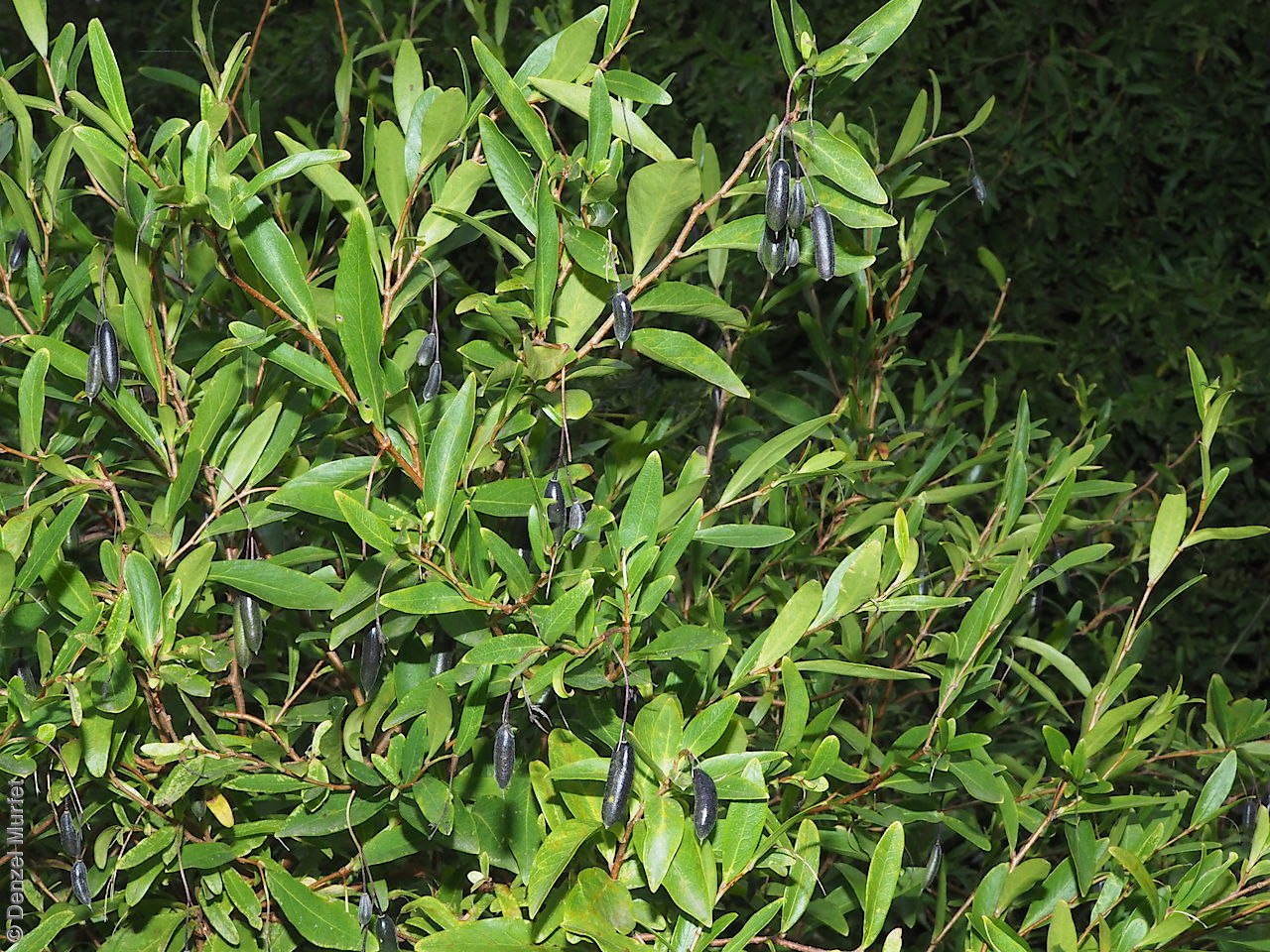
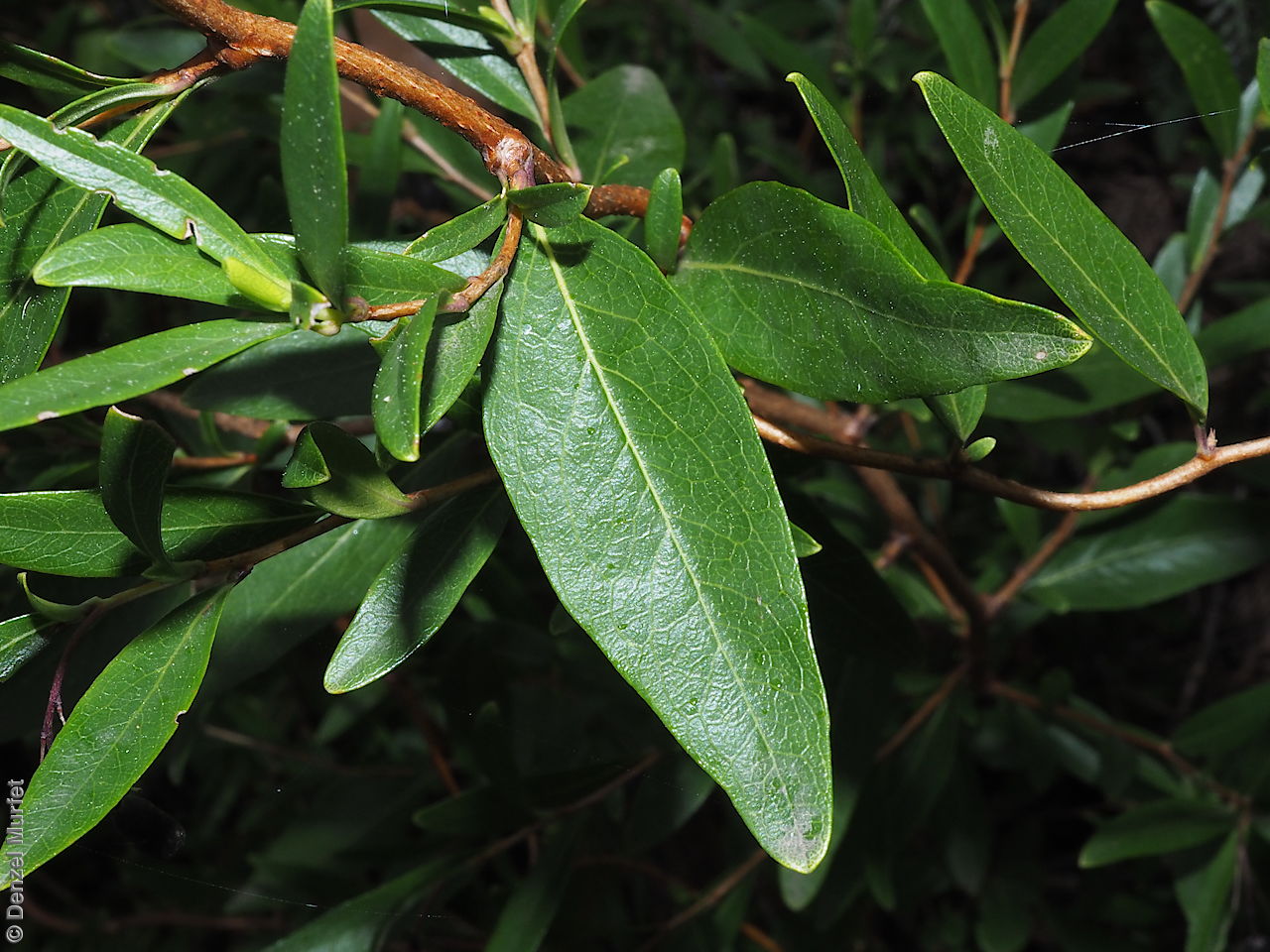
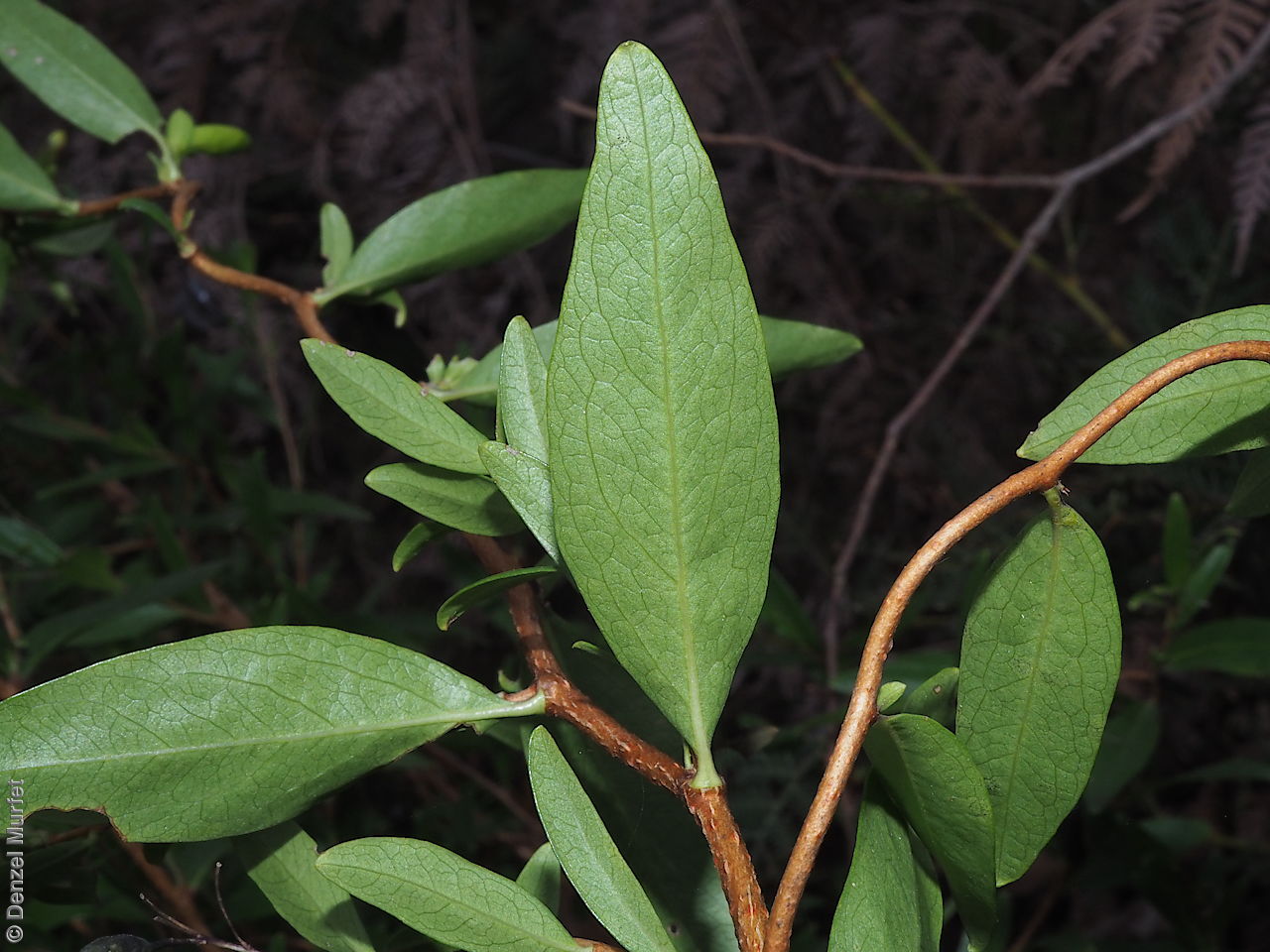
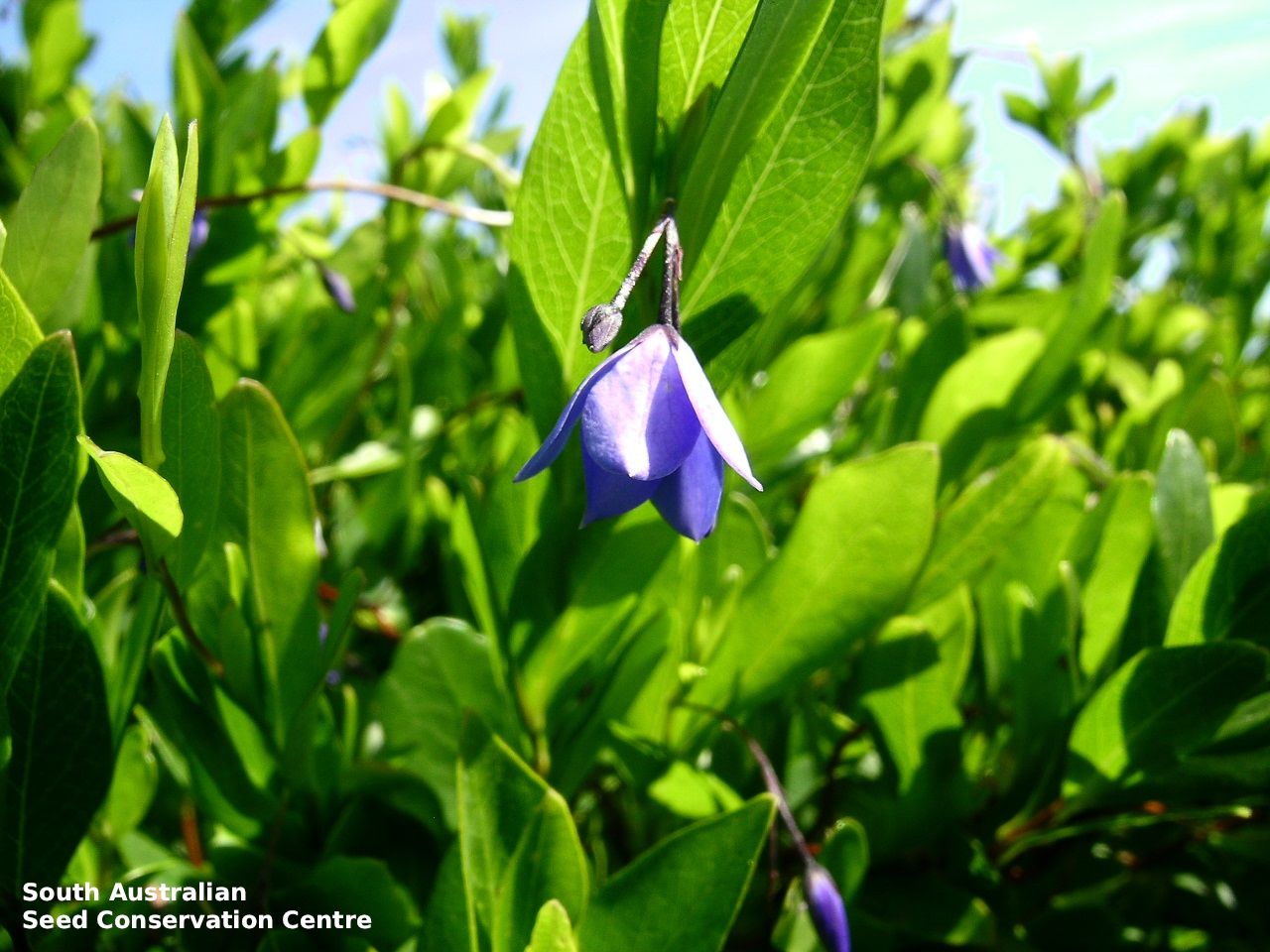
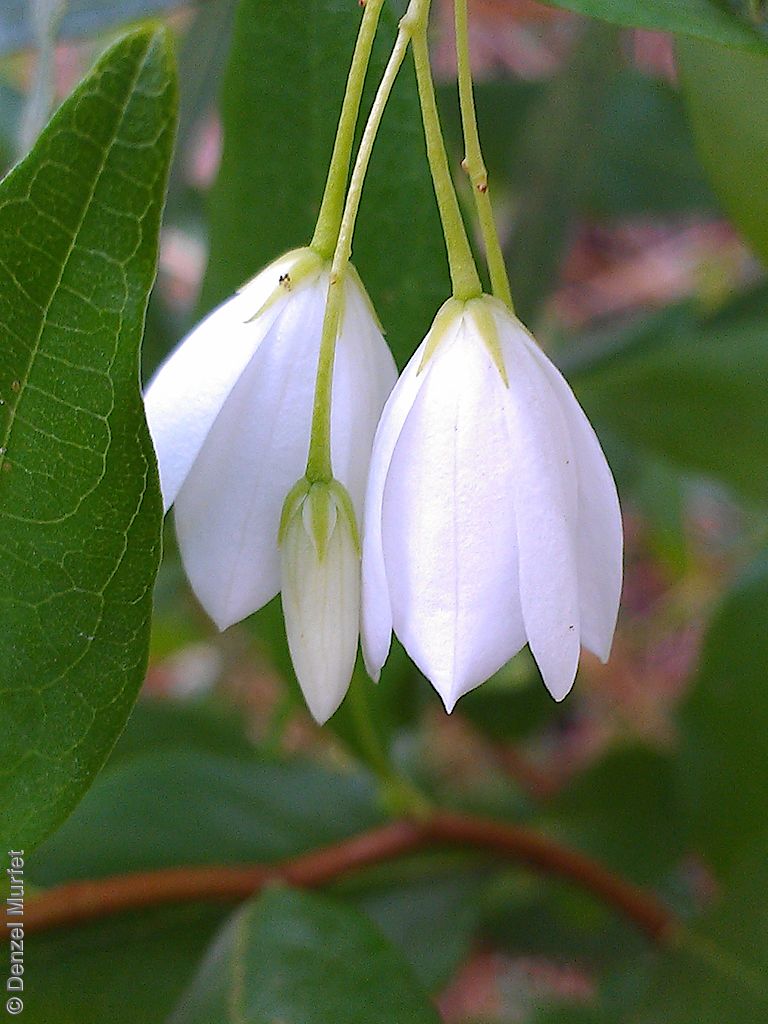
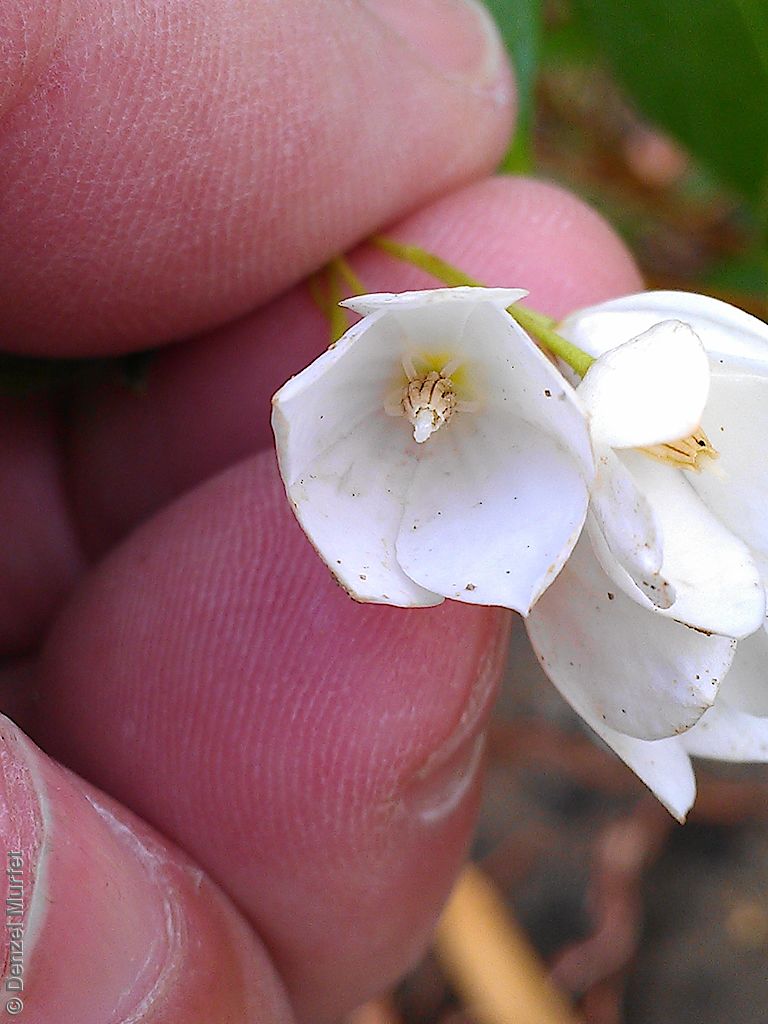
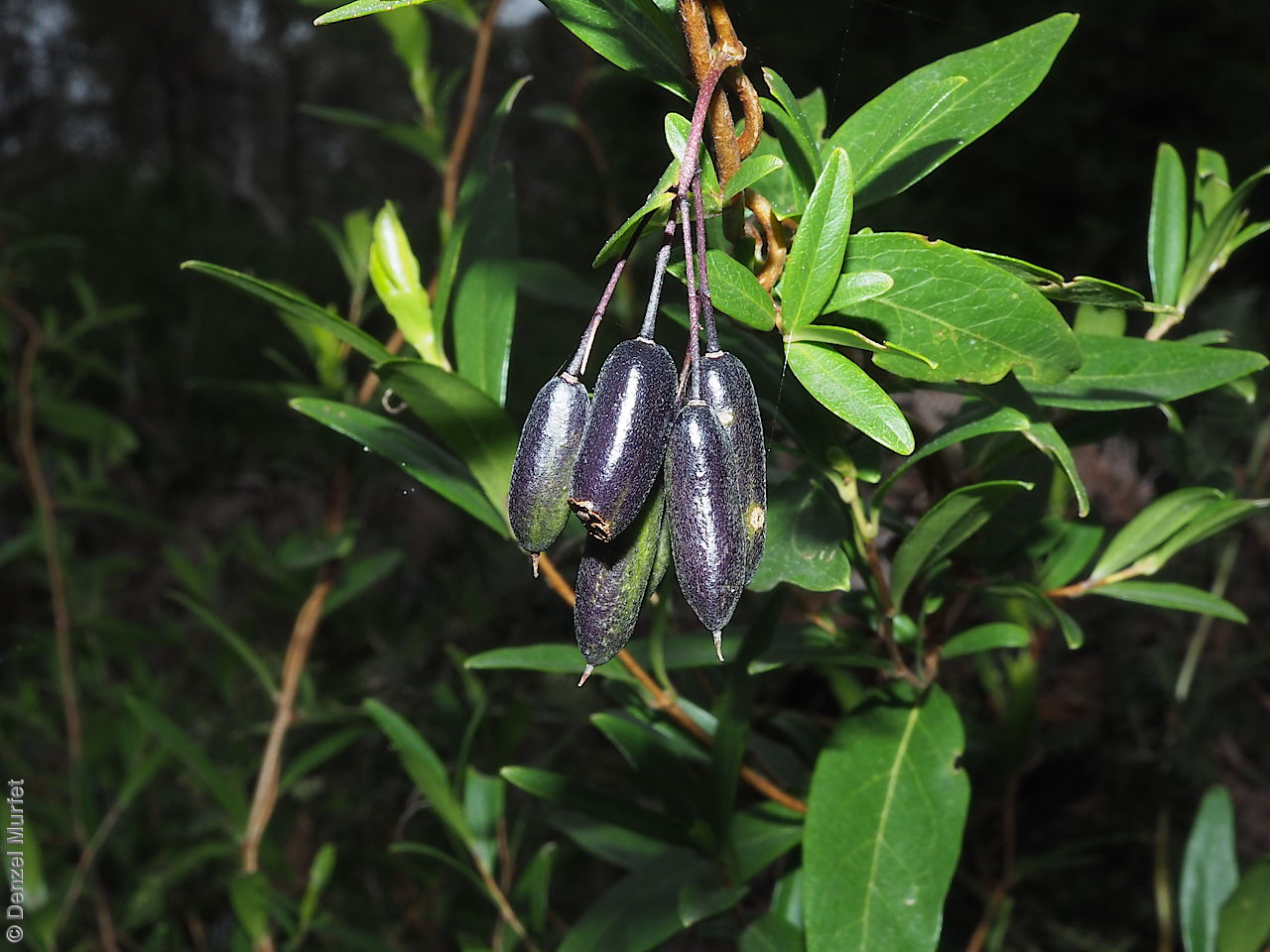


Botanical art
Prior names
Xerosollya gilbertii
Sollya fusiformis
Sollya heterophylla var. angustifolia
Sollya fusiformis
Sollya salicifolia
Sollya linearis
Billardiera hambruchiana
Billardiera fusiformis
Pronaya lanceolata
Labillardiera fusiformis
Sollya heterophylla
Common names
Sollya
Blue-bell Creeper
Etymology
Billardiera named after Jacques-Julien de Labillardiere (1755-1834), a 19th century French botanist who visited Western Australia and Tasmania with the D'Entrecasteaux expedition and named many new plant species. Heterophylla from the Greek 'heteros', meaning different and 'phyllon,' meaning leaf; referring to its variability between the juvenile and adult leaves.
Distribution and status
Native to Western Australia, the species is naturalised in South Australia on the tip of Eyre Peninsula, Kangaroo Island, southern Mount Lofty Ranges and the lower South-east, growing in sclerophyll forest and shrublands. Also found in Western Australia, New South Wales and Tasmania. Introduced. Common in South Australia. Common in the other states.
Herbarium regions: Southern Lofty, Kangaroo Island, South Eastern, Green Adelaide
NRM regions: Adelaide and Mount Lofty Ranges, Kangaroo Island, South East
AVH map: SA distribution map (external link)
Plant description
Slender twining shrub with vine-like branches that twine around other plants for support, with reddish brown stems and silky hair new shoots. Juvenile leaves tripartite to trilobed with petiole as long as lamina. Adult leaves linear, to 30 mm long and 15 mm wide, softly hairy, eventually becoming glabrescent with age, margin undulate, slightly thickened and a very short petiole. Inflorescence terminal, cymose, with 1–3 blue to mauve flowers, with petals not bell shaped like other Billardiera species. Flowering between November and March. Fruits sausage-shaped drupe, to 10 mm long, dark green or purple, hard when immature and soft when ripe. Seeds are flat to spherical, to 2 mm long, covered in rounded projections (papillose). Seed embryo type is linear, underdeveloped.
Seed collection and propagation
Collect seeds between January and May. Pick mature fruits that are soft or have hard brown seeds inside. Clean ripe fruit as soon as possible as it will go hard if left to dry too long. Rub the fruits in water with your hands to dislodge the seeds from the fruit. Pour the mixture into a sieve to separate the seeds from the flesh. Place the wet seeds in a tray lined with paper and leave to dry for 1 to 2 days. Store the seeds with a desiccant such as dried silica beads or dry rice, in an air tight container in a cool and dry place. Seed viability is usually high.